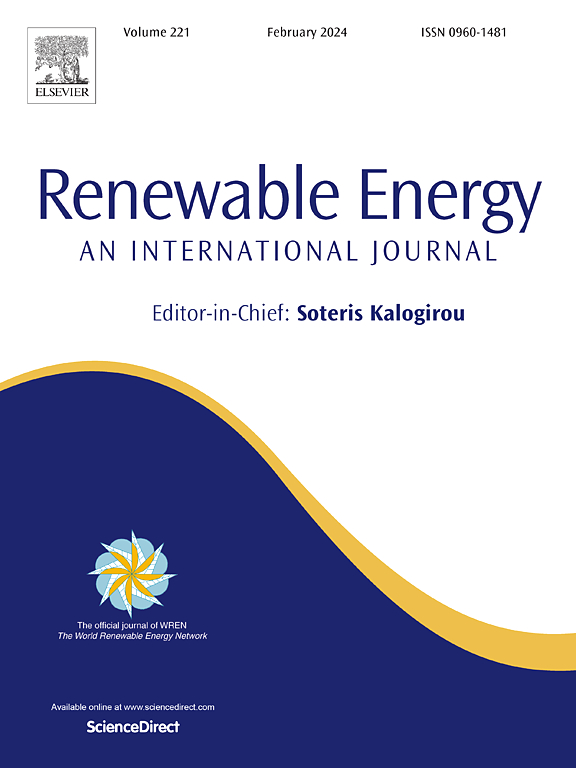Nitrogen diffusion and transformation during hydrothermal carbonization of xylan, cellulose, and lignin in aqueous solution recycled from hydrothermal treatment of fiberboard
IF 9
1区 工程技术
Q1 ENERGY & FUELS
引用次数: 0
Abstract
The fate of nitrogen during the thermochemical carbonization of biomass is crucial for the preparation of bio-fuels and bio-materials. This study examines the nitrogen diffusion and transformation during the hydrothermal carbonization (HTC) of xylan, cellulose, and lignin in a nitrogen-rich aqueous solution recycled from the hydrothermal treatment of fiberboard. The results show that the HTC of xylan in nitrogen-rich aqueous solution promotes the nitrogen diffusion from the aqueous phase to hydrochars in a broad temperature condition, while the HTC of cellulose in similar conditions mainly influences the nitrogen evolution when the temperature exceeds 220 °C. However, the HTC of lignin has no significant effect on the nitrogen conversion. Heterocyclic-N was the predominant form of nitrogen-containing structure in the hydrochars, and it converted to a more stable structure with increasing temperature. During the HTC, the ammonium ion was the predominant nitrogen species in the aqueous phase, which was readily converted to organic-N during HTC of xylan, while it was temperature dependent in the case of the HTC of cellulose. The results provide an in-depth understanding of nitrogen transfer and transformation during the HTC of nitrogen-rich lignocellulose biomass.

木聚糖、纤维素和木质素水热炭化过程中氮的扩散和转化
生物质热化学碳化过程中氮的去向对制备生物燃料和生物材料至关重要。本研究考察了木聚糖、纤维素和木质素在纤维板水热处理后回收的富氮水溶液中水热碳化过程中氮的扩散和转化。结果表明:在较宽的温度条件下,富氮水溶液中木聚糖的HTC促进了氮从水相向碳氢化合物的扩散,而类似条件下纤维素的HTC在温度超过220℃时主要影响氮的析出。而木质素的HTC对氮转化无显著影响。杂环- n是烃类含氮结构的主要形式,随着温度的升高,杂环- n转变为更稳定的结构。在还原过程中,氨离子是水相氮的主要形态,在木聚糖还原过程中,氨离子很容易转化为有机氮,而在纤维素还原过程中,氨离子则依赖于温度。研究结果为富氮木质纤维素生物质HTC过程中氮的传递和转化提供了深入的认识。
本文章由计算机程序翻译,如有差异,请以英文原文为准。
求助全文
约1分钟内获得全文
求助全文
来源期刊

Renewable Energy
工程技术-能源与燃料
CiteScore
18.40
自引率
9.20%
发文量
1955
审稿时长
6.6 months
期刊介绍:
Renewable Energy journal is dedicated to advancing knowledge and disseminating insights on various topics and technologies within renewable energy systems and components. Our mission is to support researchers, engineers, economists, manufacturers, NGOs, associations, and societies in staying updated on new developments in their respective fields and applying alternative energy solutions to current practices.
As an international, multidisciplinary journal in renewable energy engineering and research, we strive to be a premier peer-reviewed platform and a trusted source of original research and reviews in the field of renewable energy. Join us in our endeavor to drive innovation and progress in sustainable energy solutions.
 求助内容:
求助内容: 应助结果提醒方式:
应助结果提醒方式:


